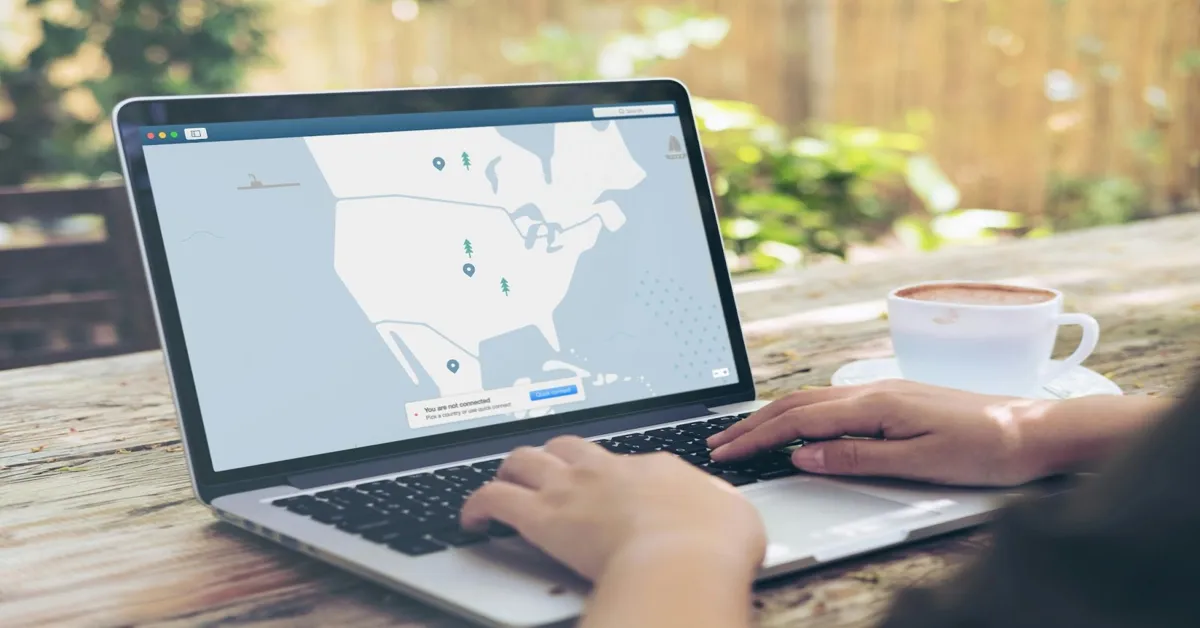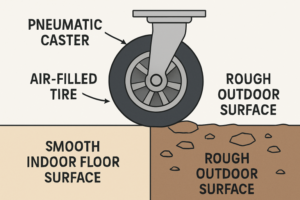VPNs have gone from being a tool for tech-savvy users to something almost everyone can benefit from. Whether you’re trying to keep your browsing private, connect securely on public Wi-Fi, or reach sites that aren’t normally available in your region, a VPN can make the internet safer and more flexible.
But simply turning it on isn’t always enough. Small adjustments in how you use your VPN can make the difference between a sluggish, frustrating connection and one that’s fast, reliable, and secure. Here’s how to squeeze the most value out of it.
Pick the Right Server Location
Where your VPN connects matters; if you choose a server that’s on the other side of the world, expect slower speeds and more lag. For everyday browsing, stick with a server that’s physically close to you. The shorter the distance, the better your connection usually feels.
It’s not just about distance, though. Server load makes a big difference. A server packed with thousands of users will be slower than one with plenty of room. Switching to a less crowded option can speed things up in seconds.
There are also times when you’ll want a server in another country. Some people connect to overseas servers for entertainment or gaming. For example, players sometimes use VPNs to reach licensed MY sites when exploring Malaysian casino platforms. Picking the right country server opens those doors while keeping your connection protected.
Adjust Your VPN Protocol
Each VPN contains a protocol that regulates data traveling between your device and the server. The setting that the user is supposed to get at default may not be the fastest.
WireGuard is a relatively new protocol that is lightweight and fast but still provides considerable defense.
OpenVPN is a multitasking VPN. In case of its usage, apply the UDP setting, rather than TCP. UDP puts more emphasis on speed and is more suitable for streaming and playing games.
Testing a couple of different protocols can show you which works best for your setup.
Tweak the Settings for Better Performance
Most VPN apps come with extra features that you can adjust. If you’ve never touched the settings, you’re probably missing out on ways to make things run smoother.
Split tunneling lets you choose which apps or websites use the VPN and which don’t. You could, for example, route your banking through the VPN but let your music app connect directly for faster streaming.
Encryption levels matter too. If your VPN lets you switch from 256-bit to 128-bit encryption, you’ll get a noticeable speed boost. For most casual uses, that’s still plenty of protection.
Kill switch options should always be turned on. If your VPN disconnects for any reason, the kill switch stops your internet traffic until the secure connection is back.
Go Wired When You Can
Wi-Fi is convenient, but it’s not always stable. A wired Ethernet connection is faster, more consistent, and less likely to drop out. If you’re gaming, streaming, or doing anything that relies on steady speed, plug in whenever possible.
Shut Down Background Apps
It’s easy to forget how many apps and programs quietly use bandwidth in the background. Cloud backups, video calls left open, or software updates can drag your connection down. Closing these before firing up your VPN session gives you more speed for what really matters.
Let It Auto-Start
It’s surprisingly easy to forget to turn on your VPN until you’re already halfway through browsing. Setting it to launch automatically when your device starts means you don’t have to think about it. You’re protected from the start, every time.
Clear Cookies and Cache for Pricing Tricks
Region-based pricing is real. Some websites show different prices depending on where they think you are. If you clear your cookies and switch servers, you may spot better deals on things like flights or streaming subscriptions. It doesn’t always work, but when it does, it feels like a nice bonus of using a VPN.
Keep the App Updated
VPN providers are always patching vulnerabilities, fixing bugs, and adding speed improvements. If you’ve been hitting “remind me later” on updates, you’re leaving both speed and security on the table. Install updates when they’re available to get the latest benefits.
Track Your Bandwidth
If you’re on a limited data plan, keeping an eye on how much you’re using is key. Many VPN apps include usage tracking that helps you spot patterns. It also makes it easier to avoid surprise charges if you’re tethering on mobile data.
Checking usage can also show when your connection is under pressure. If speeds dip at the same time every day, switching to a less busy server may fix it.
Restart Occasionally
When in doubt, restart. Routers, devices, and VPN apps all sometimes need a reset to clear out glitches. If your VPN starts feeling slower than usual, rebooting is often the quickest fix.
Wrapping Up
A VPN can be as simple or as powerful as you want it to be. If you only ever hit the “on” button, you’ll still get the basics—encryption and privacy. But with a few small changes, you can make it faster, smoother, and more reliable.
Pick the right server, test different protocols, and tweak the settings to fit your needs. Add in a wired connection, close down background apps, and keep your V,P,N updated. And don’t forget—sometimes clearing cookies and switching servers can even save you money.
ALSO READ: cdiphone: Features, Uses, Benefits and Complete Guide









